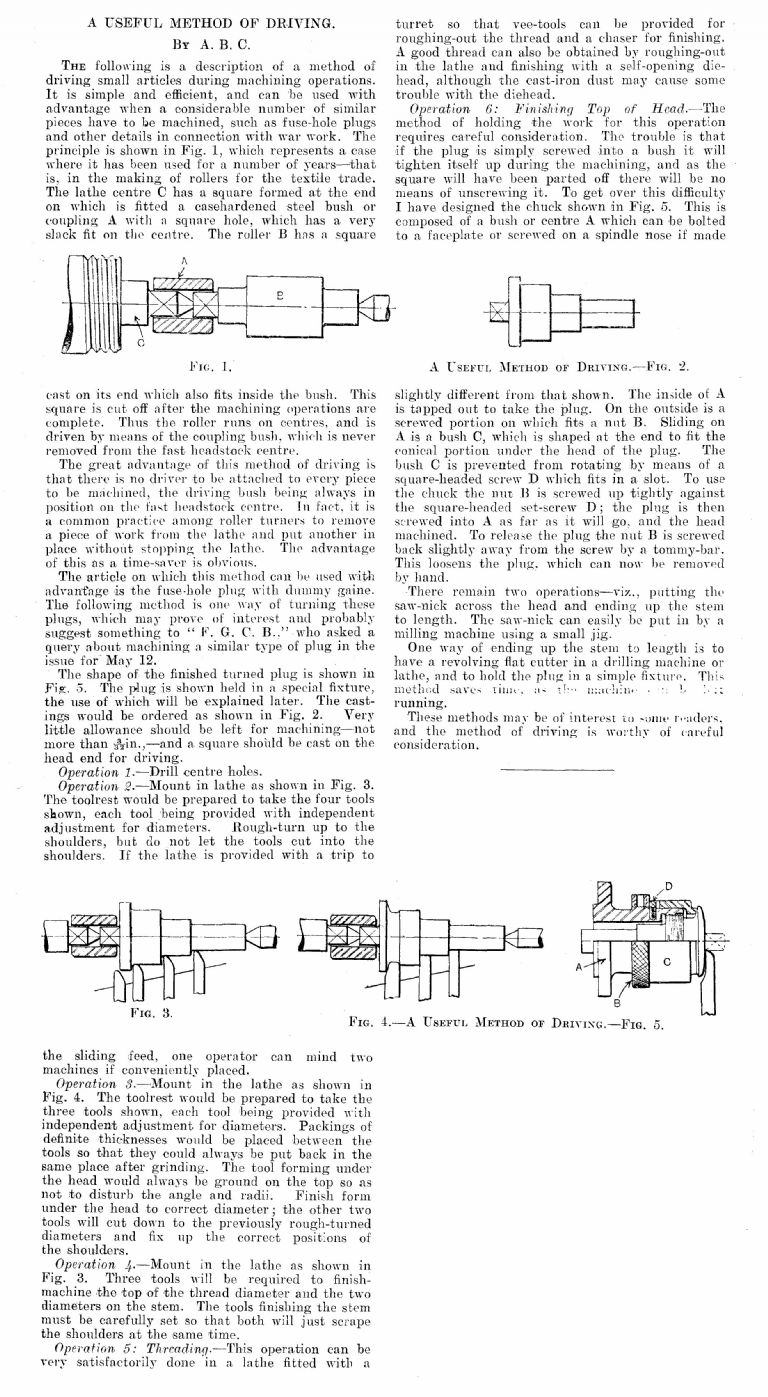Posted by Roderick Jenkins on 03/01/2019 11:07:53:
I've located the ME issue with the stirrup pump instructions (Vol 83, iss 2049 , Aug 1940). In his editorial the editor says "…There is still a shortage of stirrup pumps in the country, and any model engineers who have not yet obtained any munitions work to do (my italics), may render valuable national service in devoting spare time to pump production…"
Cheers,
Rod
I don't think that means much. Obviously people wanted to be useful, and the idea of making parts for the war effort is patriotic. Despite the editor banging the drum I don't believe much was done directly in support of the war effort in home workshops. There were plenty of other opportunities for people to 'do their bit'. Fit men were wanted for the Armed Services, Mining, Steel, Shipbuilding and other heavy work. From the rest, (over and underage, unfit, reserved occupations etc.) the Home Guard took 1.5M Men from the civilian population. ARP employed another 1.5M volunteers, including women. There were several other heavy consumers of volunteer effort, and of course industry needed all the labour it could get. Model Engineers 'who have not found munitions work yet' most probably found other employment. On the other hand, owning a lathe during the war would have been highly valuable. Spare parts were in very short supply and 'make and mend' was essential.
The contribution of women was much larger than anything that could have been achieved by a few Model Engineers working at home in their spare time. In the UK 90% of single women and 80% of married women were directed to war work, quite a lot of them working machine tools.
As Robert mentioned Amateur Radio was exploited thoroughly. It's the only home hobby activity I know to have been used on a large scale. At that time most military, spy and diplomatic traffic was sent in morse code. Elaborate efforts were made to intercept, analyse and decipher it. As it's difficult to become proficient in morse code there was always a shortage of good operators. In addition to using the people, it was also an advantage to have receivers scattered around the UK as a way of improving reception and coverage.
The Y-Service was and perhaps still is the most secret and effective of all the intelligence organisations.
Dave
Georgineer.





